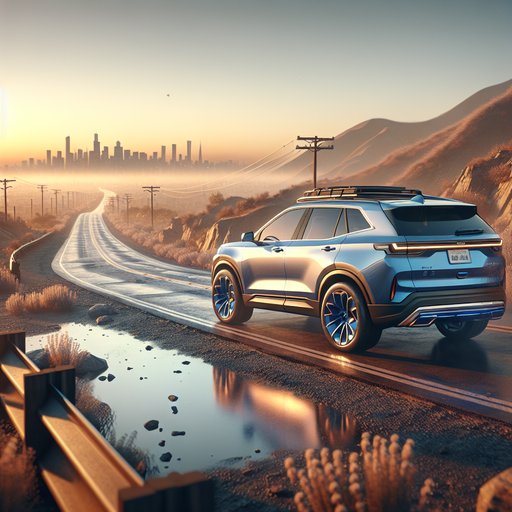
We spent a week and 820 miles with the reborn 2024 Toyota Land Cruiser, covering city commuting, a 300-mile highway loop, light towing, and a day on rocky fire roads. Here’s how Toyota’s hybridized icon performs in the real world.
Our test vehicle was a mid-grade Land Cruiser with the i-Force Max 2.4-liter turbo-hybrid (326 hp, 465 lb-ft) and an 8-speed automatic, driving a full-time 4WD system with a lockable center differential. Curb weight hovered around 5,000 lb. Toyota’s TNGA-F body-on-frame architecture underpins the truck, and our example rode on 18-inch all-terrain tires. Conditions ranged from 48°F pre-dawn starts to 92°F afternoon heat at sea level and up to 6,500 ft elevation.
EPA economy is rated at 23 mpg combined. Over our mixed route we averaged 22.8 mpg, with a best of 24.3 mpg on a steady 70-mph cruise and 21.1 mpg in urban stop-and-go. Ground clearance is 8.7 inches, and Toyota quotes approach/departure angles of roughly 31°/22°. Towing is capped at 6,000 lb; we used a 3,500-lb trailer for evaluation.
Inside, a 12.3-inch touchscreen with wireless Apple CarPlay/Android Auto is standard on our spec, along with Toyota Safety Sense 3.0. Performance is quietly confident. With a VBox, we recorded 0–60 mph in 6.9 seconds and 50–70 mph passing in 4.4 seconds. The electric motor fills in low rpm torque, masking turbo lag and moving the Land Cruiser smartly into traffic or up freeway on-ramps.
The 8-speed keeps revs low at cruise yet downshifts promptly on grades. Brake pedal feel is consistent despite regen blending, and repeated hard stops produced a 60–0 mph average of 130 feet with no meaningful fade. Ride quality is controlled but not floaty. Sharp-edged impacts are heard more than felt on the A/T tires, and highway isolation is good for a ladder-frame SUV; we measured 69 dBA at 70 mph.
Steering is light and accurate off-center, making lane placement easy in crosswinds. Off-road, the front stabilizer bar disconnect increases articulation noticeably over ruts, and Crawl Control plus Multi-Terrain Select make steep, loose climbs drama-free. The underbody cameras help cresting blind ledges, though the nose can still tag tall berms if you charge too hard. Usability is strong.
The square cargo hold swallows camping gear, and the five-seat cabin offers adult-friendly rear legroom; there’s no third row. Controls are mostly physical, with big climate knobs and a dedicated 4WD selector. The driver-assist suite behaves naturally—Lane Tracing doesn’t ping-pong, and adaptive cruise maintains smooth gaps. Towing our 3,500-lb trailer, stability was excellent, transmission temps stayed in check on a 6% grade, and fuel economy dipped to 14–15 mpg—expected for the class.
The new Land Cruiser nails its brief: authentic off-road hardware, genuinely useful hybrid torque, and livable daily manners. It’s not a rock-buggy or a luxury cocoon, and a 6,000-lb tow rating will limit heavy haulers. The sweet spot is the mid-grade trim with the off-road hardware and 18-inch wheels. If you want a go-anywhere SUV that’s easy to live with and efficient for its size, this is the one to shortlist.












